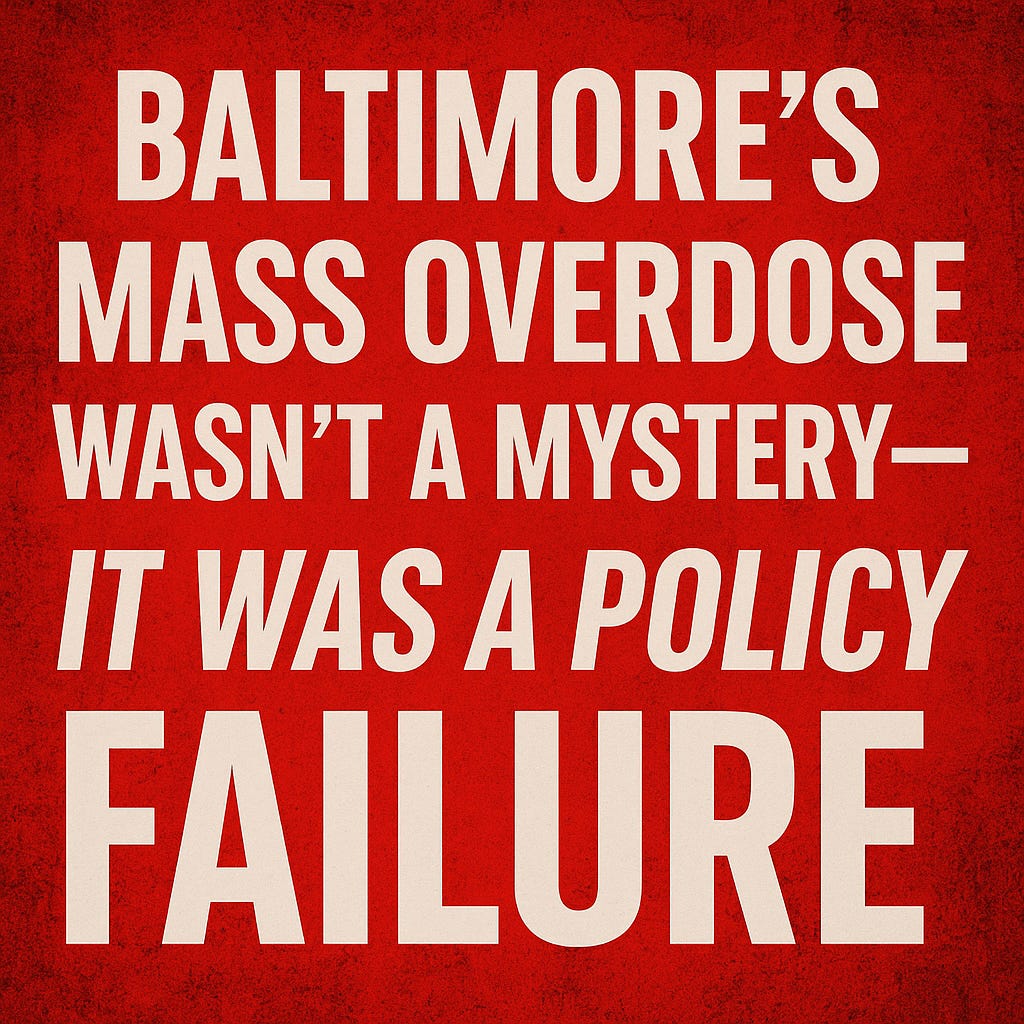When 27 people collapse on the streets of Baltimore in a mass overdose event, it shouldn't be treated as a mystery. It should be treated as a glaring indictment of a failed system. That’s exactly what happened on the morning of July 10, 2025, when a suspected "bad batch" of drugs—possibly laced with toxic substances like Freon or antifreeze—turned the Penn-North neighborhood into a war zone of collapsed bodies, ambulances, and desperation.
Make no mistake: this wasn’t just a tragedy. It was a policy failure. And not a new one.
An Overdose Crisis Decades in the Making
For years, Baltimore has turned a blind eye to its own festering wounds. The Penn-North intersection, where this mass casualty incident unfolded, isn’t new to drug activity. It’s been an open-air drug market for decades. Everyone knows it. City officials know it. Activists know it. Even first responders know it.
So why does it take 27 overdoses at once to get a "Coordinated Neighborhood Stabilization Response"? Where was this urgency when 1,149 naloxone administrations were recorded in the 21217 ZIP code between 2022 and 2024? Or when 73 people fatally overdosed in that same area over the past year?
Because Baltimore’s leadership isn’t committed to solutions—they’re addicted to managing decline.
Harm Reduction or Enabling?
The city’s response included handing out Narcan, clean syringes, xylazine test strips, and safe-use kits—hallmarks of the “harm reduction” movement. And while saving lives is vital, it’s time we ask: when does harm reduction cross the line into enabling?
There’s a difference between a temporary emergency measure and a permanent philosophy of surrender. Encouraging people to “test your drugs” and “use with others” is not public safety. It’s institutionalized despair. Mayor Brandon Scott’s press conference might’ve looked polished, but the subtext was clear: “We don’t know how to fix this, so be careful while you poison yourself.”
Where’s the Accountability?
The police are investigating. The mayor is offering advice. The city council is holding hearings. But who is being held accountable for the fact that this neighborhood remains a de facto lawless zone, where dealers hand out “testers” like it’s Costco on sample day?
Let’s talk about consequences. Who sold these drugs? Who distributed the toxic batch dubbed “New Jack City”? Who’s profiting from the chaos in Penn-North while taxpayers foot the bill for overburdened EMS and ER departments? If there’s camera footage and witness statements, why hasn’t someone been arrested?
Because the system protects the chaos. It funds the nonprofits, holds roundtables, and distributes glossy flyers—while the neighborhood continues to burn.
A Crisis of Courage, Not Just Policy
What Baltimore needs isn’t just more resources—it needs political courage. A crackdown on open-air drug markets. Prosecutors who prosecute. Judges who don’t slap wrists. And elected officials willing to admit that addiction isn’t just a medical condition—it’s often fueled by personal choices, bad policy, and a lack of boundaries.
The left will continue to champion overdose prevention centers and decriminalization. But here’s a reality check: Baltimore’s overdose rate is among the highest in the country not because we’re not compassionate enough—but because we’ve refused to enforce basic laws and standards.
What Comes Next?
This time, no one died. That’s a miracle. But miracles shouldn’t be municipal strategy. The next “bad batch” might not be so merciful.
Baltimore doesn’t need more talking points. It needs leadership that’s unafraid to take back the streets—from the dealers, from the nonprofits cashing in on chaos, and from the bureaucrats who’ve accepted failure as the norm.
Because if 27 people overdosing in a single morning still isn’t the tipping point—what is?





